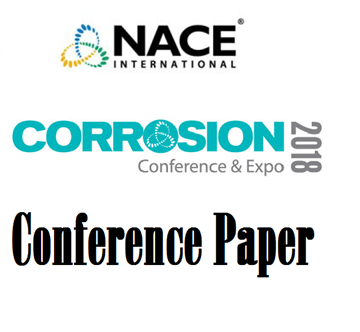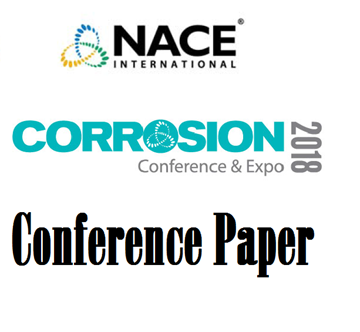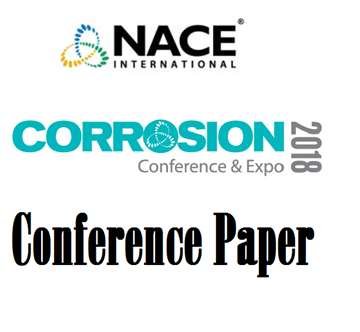Results from studies on corrosion measurement in low conductive, sulfolane-based solutions are presented in this paper. Sulfolane is commonly used in petrochemical processes for extraction of aromatic compounds including benzene, toluene or xylenes.
Product Number:
51318-11065-SG
Author:
Slawomir Kus / Sridhar Srinivasan / Kwei Meng Yap / Hui Li / Violetta Kozik / Andrzej Bak / Paulina Dybal
Publication Date:
2018
$0.00
$20.00
$20.00
Electrochemical corrosion monitoring techniques such as Linear Polarization Resistance (LPR), Electrochemical Noise (ECN) or Harmonic Analysis are widely recognized for their responsiveness and accuracy for determination of instantaneous corrosion rate. However, field application has generally been limited by the need for a conductive / aqueous process environment. This limitation stems from the fact that electrochemical systems cannot provide reliable readings in media at conductance levels less than 10 µS/cm due to significant impact of solution resistance on measured values of total resistance. Recent progress in multi-technique electrochemical systems involving low frequency impedance and harmonic distortion analysis has been shown to overcome this limitation.
Results from studies on corrosion measurement in low conductive, sulfolane-based solutions are presented in this paper. Sulfolane is commonly used in petrochemical processes for extraction of aromatic compounds including benzene, toluene or xylenes. Sulfolane systems, if contaminated by traces of oxygen and at typical process conditions (170-180ºC), may lead to sulfolane decomposition and formation of corrosive by-products. Significant corrosion of steel in Sulfolane applications has been reported, primarily in the reboiler-regenerator section. Considering that conductance of sulfolane mixtures varies from 2 to 5 µS/cm, it is obvious that traditional electrochemical monitoring approaches may fail due to extremely high solution resistance.
This paper details results from laboratory corrosion measurements in low conductivity, sulfolane-based fluids utilizing multi-technique electrochemical monitoring. Corrosion measurements conducted on sulfolane showed the importance of proper adjustment of electrode surface area for obtaining of reliable corrosion readings. It has been shown that industrial-type corrosion monitoring has capability for rapid detection of corrosivity in low-conductive, sulfolane-based fluids. Impact of temperature and sulfolane contaminants (oxygen, chlorides) on corrosion of mild carbon steel has also been studied.
Key words: on-line corrosion monitoring, electrochemical techniques, sulfolane, aromatic extraction




